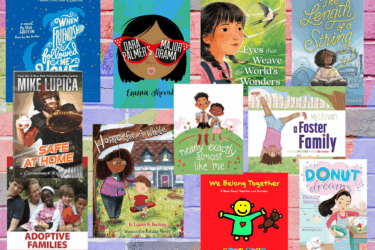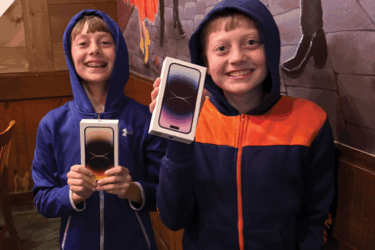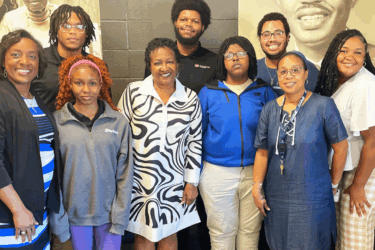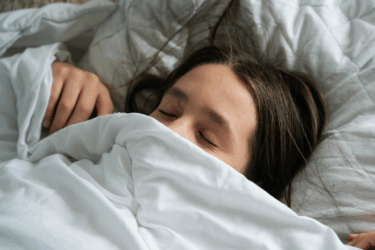One of the lessons that parents try to teach their children is the importance of sharing with each other. Whether it be their snacks, their thoughts, and occasionally, even their toys, parents know that sharing is an important lesson for children to learn. However, sometimes, sharing can do more harm than good, especially when it comes to their health. In these instances, the first thing that comes to a parent’s mind is germs, however, what is not often thought of is that children can also share lice with each other as well. While parents are normally prepared to care for their children when they come down with a sickness, when they come home with lice, they may not have the first clue where to start.
HEAD CHECK!
If you are informed about a lice outbreak in your child’s school, or if someone your child recently came into contact with has lice, pay close attention to how they are interacting with their head. Are they scratching it more than normal? Do they feel a tickling sensation on their head? If so, this may be a sign that your child may have lice.
In her six years with professional head lice service Nitwits, Mariana King has had many parents come with questions about what exactly they are dealing with. “Normally, when lice cause the child to scratch their head, they are having an allergic reaction to either the lice’s bite or their urination,” says King. If parents are not sure, they can always carefully check their child’s head. “Look for anything glistening,” says King. “Nits (lice eggs) are usually found just off of the scalp or hair shaft right off of the scalp and they look a lot like sesame seeds.”
If you still are not sure if it is a nit or not, try blowing on it or even carefully trying to pull on it to see if it is loose or not. “Use your fingertips, not your fingernails, to see if it will come off. If it moves, it’s probably just dandruff or something else, but if it sticks, then it’s a nit.”
If it is a nit, you must be very careful since lice typically spread through direct contact. The lice will crawl really fast between two points.
“They can get anywhere where there is contact, especially around families if their guard is let down, but it is only human to human. They do not bother any pets,” says King.
If you want to make sure that your child does not have any lice or nits, Nitwits offers free scheduled lice checks every Thursday from 5-7 p.m. “Just go in and tell them,” says King. “We will work with anyone, no matter their situation.”
CAN’T BEAT ‘EM? TREAT ‘EM!
If your child does in fact have lice or nits, acting as fast as possible could be the difference between an easier case versus a harder one. Lisa Kea is a mother of three and had an easier time getting rid of lice and nits in her own children. “I used over the counter soap in their hair and combed them out,” says Kea. “Then, I put all of the sheets and pillows in the wash.” While Kea’s case with lice was a mild one, some may be more serious for other children.
Amy Mckinney is a mother of two daughters and her treatment was more severe for her children. “They were very hard to get rid of,” says Mckinney. “They ended up having lice three times in four months!” During that four month period, Mckinney tried a number of different treatments before they found what worked best for them. “First, we simply went and did a Nix kit and treated both of them and myself and my husband,” says Mckinney. “It took a week before we actually were able to get rid of the nits, and the next time they had it, we did the same treatment. It is so hard to get rid of all of the nits. This time, I was desperate!” she says. “I called a lice treatment place and got their treatment kit. Once I got home and used the kit, it was similar to the one in the stores and it had natural products. Once again, we thought we were lice free!”
Every child is different, and because of this, there is no guarantee that home treatments will work effectively. It all depends on the level of severity, and sometimes, you may need to build upon what you have done before. “The third time they had it, I was talking to a friend who mentioned calling a lice treatment company to come to her house to get rid of the lice and nits. They did the treatment just like I had done before, to kill the live bugs. But once the hair was treated and dry, she started with a nit comb and conditioner, and she sectioned the hair and used generous portions of conditioner on each strand. When combing with the nit comb, the nits just slid out! After hearing the advice, we used this method and it worked! We did this nightly until I didn’t see any nits from the conditioner treatment. It only took about three nights and we were rid of the nits,” says Mckinney.
Nitwits also offers a similar service for tougher cases, however, they use a different treatment to clear the bugs out. “We use safe non-toxic treatments to get rid of lice and provide efficient products that will rid your children of lice if done faithfully,” says King.
It also helps teach children not to use other’s hair accessories or brushes, whether they have lice or not. “Light hair spray helps, but teach [your children] to not share brushes, headbands, basically anything that goes on the head,” says Kea. While sharing is an important lesson, it may teach your children to not share everything. ■





